Flavor Innovation
Flavor innovation plays a crucial role in the Coffee Substitutes Market, as manufacturers strive to create unique and appealing taste profiles that can compete with traditional coffee. The introduction of diverse flavors, such as caramel, vanilla, and even exotic spices, is attracting a broader audience, including those who may not have previously considered coffee alternatives. This trend is supported by market data indicating that flavor variety is a key driver of consumer interest, with many individuals seeking new and exciting beverage experiences. As companies invest in research and development to enhance flavor offerings, the Coffee Substitutes Market is poised for growth, appealing to adventurous consumers who are eager to explore novel taste sensations.
Health-Conscious Choices
The Coffee Substitutes Market is experiencing a notable shift towards health-conscious choices among consumers. Increasing awareness of the adverse effects of caffeine consumption has led many individuals to seek alternatives that offer similar sensory experiences without the associated jitters or anxiety. This trend is reflected in the rising demand for herbal and grain-based coffee substitutes, which are perceived as healthier options. According to recent data, the market for coffee substitutes is projected to grow at a compound annual growth rate of approximately 7% over the next five years, driven by this health-centric consumer behavior. As more people prioritize wellness, the Coffee Substitutes Market is likely to expand, catering to those who are looking for nutritious and functional beverages that align with their lifestyle choices.
Sustainability and Ethical Sourcing
Sustainability and ethical sourcing are becoming increasingly pivotal in the Coffee Substitutes Market. Consumers are more informed than ever about the environmental impact of their purchases, leading to a preference for products that are sustainably sourced and produced. This trend is particularly relevant for coffee substitutes made from ingredients like chicory, barley, and other grains, which often have a lower environmental footprint compared to traditional coffee. The market is witnessing a surge in brands that emphasize eco-friendly practices, such as organic farming and fair trade certifications. As a result, the Coffee Substitutes Market is likely to see a significant increase in demand for products that not only taste good but also contribute positively to the planet and local communities.
Rising Interest in Plant-Based Diets
The rising interest in plant-based diets is significantly influencing the Coffee Substitutes Market. As more consumers adopt vegetarian and vegan lifestyles, the demand for plant-based alternatives to traditional coffee is increasing. Coffee substitutes made from ingredients such as roasted grains, nuts, and seeds are becoming popular among those seeking to reduce their reliance on animal products. This shift is supported by market data indicating that the plant-based food sector is projected to grow substantially in the coming years. As the Coffee Substitutes Market aligns with this dietary trend, it is likely to attract a diverse consumer base that values sustainability, health, and ethical considerations in their beverage choices.
Convenience and Ready-to-Drink Options
The demand for convenience is reshaping the Coffee Substitutes Market, as busy consumers increasingly seek ready-to-drink options that fit their fast-paced lifestyles. Pre-packaged coffee substitutes, such as bottled beverages and instant mixes, are gaining traction due to their ease of use and accessibility. This trend is particularly appealing to individuals who may not have the time or resources to prepare traditional coffee or its substitutes at home. Market analysis suggests that the ready-to-drink segment is expected to witness substantial growth, driven by the rising number of on-the-go consumers. As convenience becomes a priority, the Coffee Substitutes Market is likely to expand its offerings to include more portable and user-friendly products.


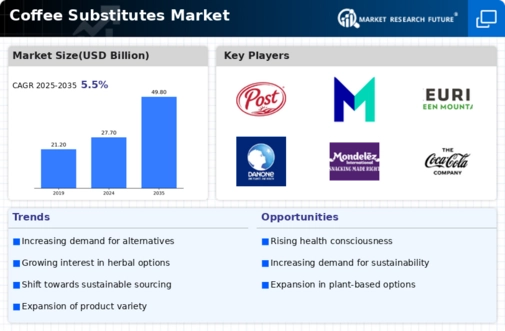
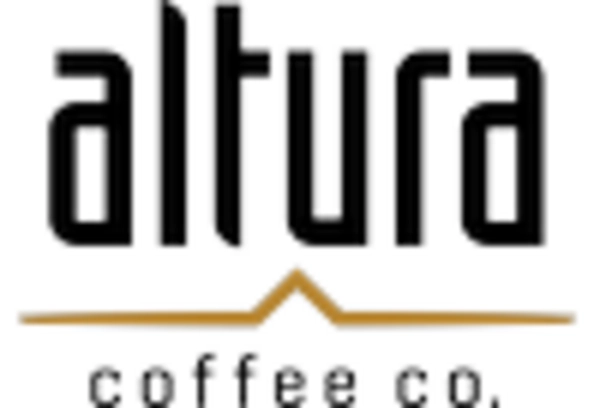

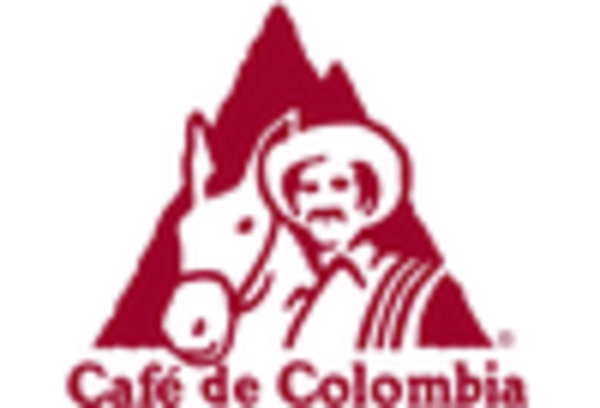
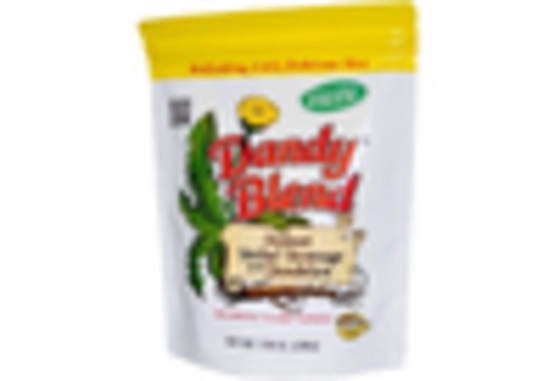

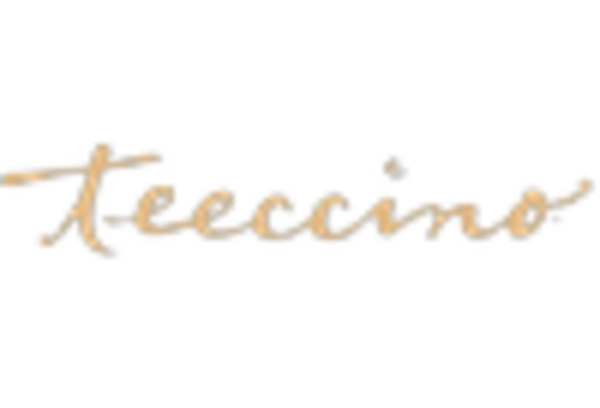








Leave a Comment